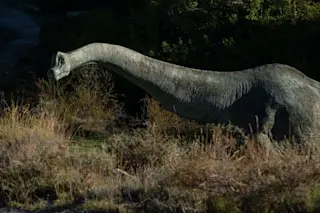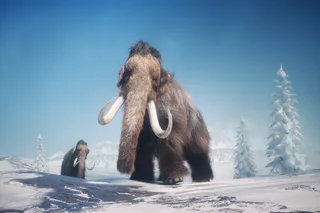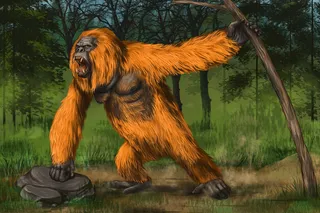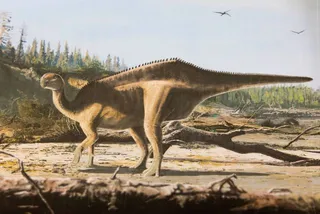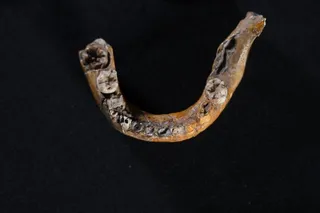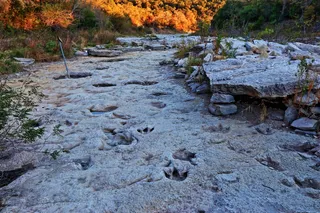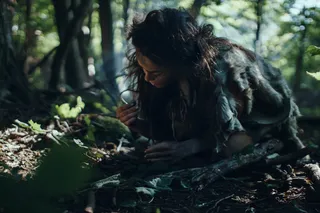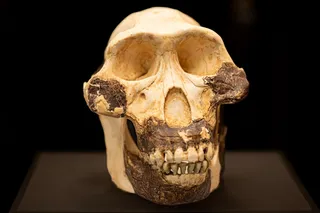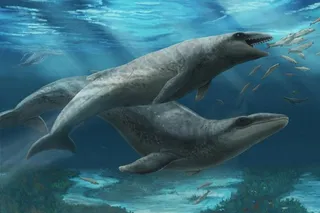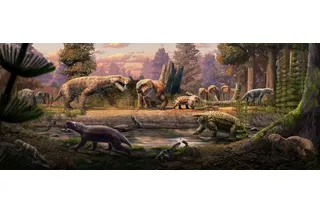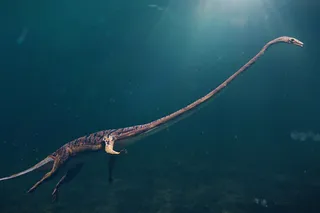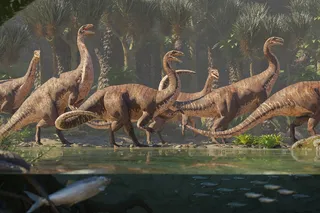It’s difficult to know how dinosaurs slept because most dinosaurs didn’t die that way.
Finding a dinosaur in a sleeping position is uncommon because most fossils we’ve found show dinosaurs in a classic death pose with their bodies contorted, fearing their imminent demise.
The only way we can know how a dinosaur slept would be if they fossilized in a sleeping position, and while this has happened, it’s rare. According to Scott Persons, a paleontologist at the College of Charleston in Charleston, South Carolina, a few key specimens found in recent years have provided some clues into the sleeping world of these ancient creatures.
Just like many modern animals, dinosaurs might have sought out comfortable, safe positions for sleeping. It’s hard to know how dinosaurs slept on the whole because there were so many different varieties, but we do know key details about certain species.
“In a few specific cases, ...



